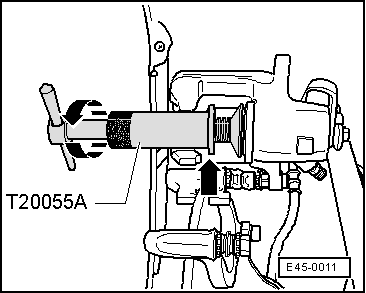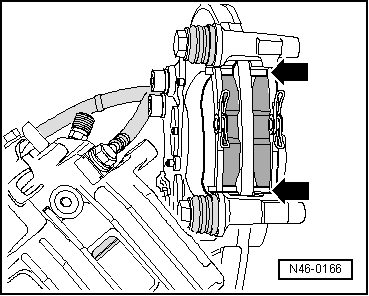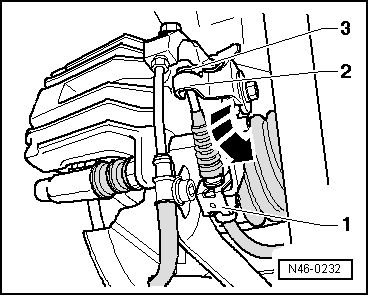
Note | t
| Before fitting the new brake pads, press the cylinder of the brake callipers. Before pressing the piston back, draw off brake fluid from the reservoir with a bleeder bottle. Otherwise, -if brake fluid has been replaced- it might leak and cause damage. |
| t
| To avoid causing any damage, only use the compression tool -T20055A- to remove the piston. |
| t
| Retracting the piston with the compression tool damages the calliper's automatic readjustment system. |
|
|
|
 Note
Note
 Note
Note
 Note
Note
 Note
Note
 Note
Note
 Note
Note